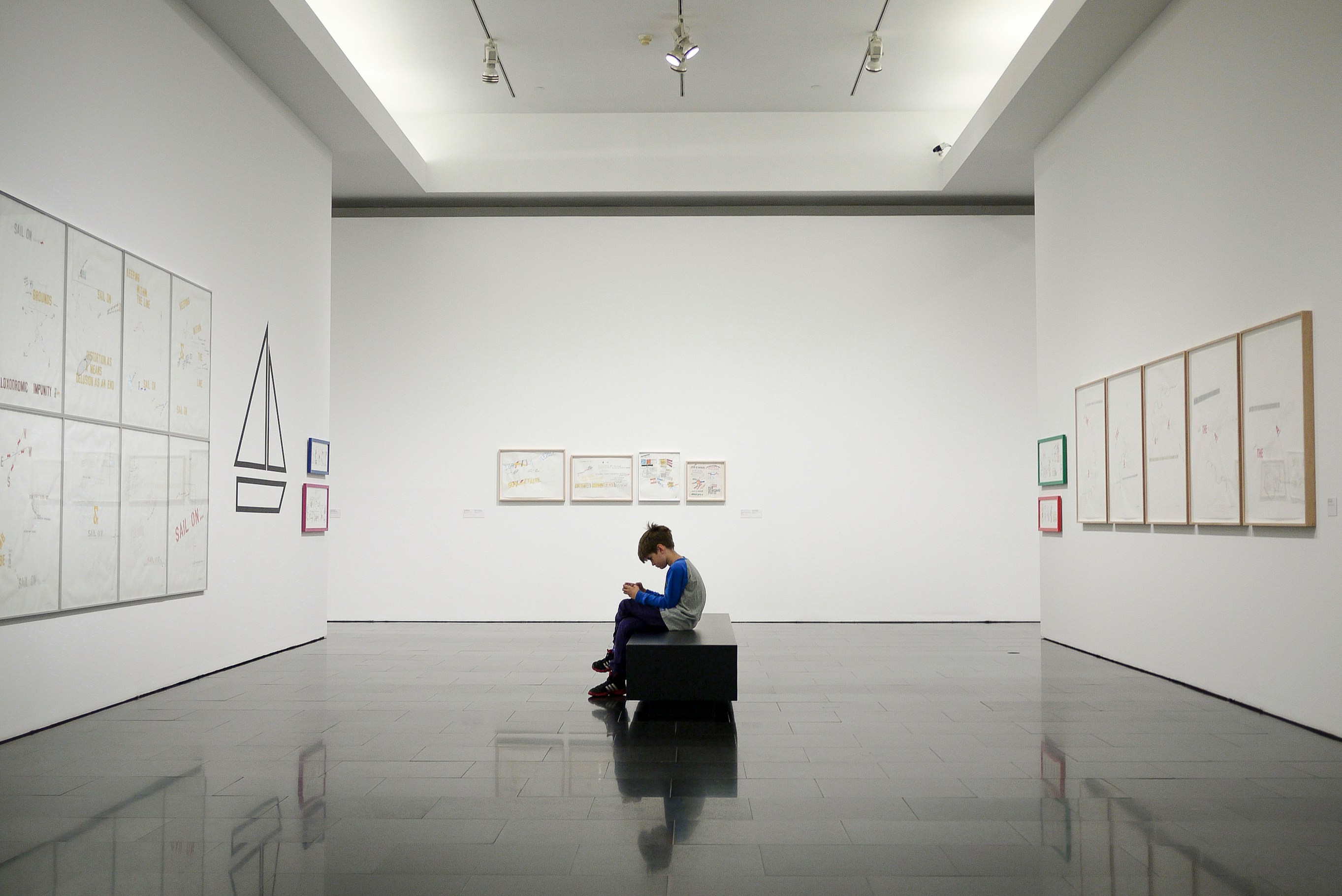Designing exhibits for children
Designing exhibits for children is quite a challenge for designers and museographers. Through this format, we can create worlds where kids can explore, learn, and have fun.
At Misterio Studio, we understand the importance of universal accessibility to culture, so we believe designing exhibits that also consider the children's audience is important. We work from different perspectives, seeking to create educational experiences, albeit exciting and stimulating for children. In this article, we will explore how we design exhibits for child audiences and why these can significantly impact their development, perception of the environment and identity construction.
- Why design exhibits for children
- Principles of children's exhibition design
- Differences between adapting and designing exhibits for kids
Why design exhibits for children
Exhibitions explicitly designed for children have the power to awaken their innate curiosity, foster their creativity, and stimulate their imagination. These experiences allow them to explore different topics in a practical and participatory way, allowing them to learn in a fun and memorable manner. Furthermore, children's exhibitions can help develop cognitive, social, and emotional skills and promote inclusion and diversity. Introducing the youngest to museum spaces also encourages their participation in social debates. It instills a habit they can continue to maintain in their adult life.
Principles of children's exhibition design
When designing exhibitions for children, we consider a series of fundamental principles to ensure the experience is enriching and meaningful. Most of these principles are based on principles linked to educational museography:
-
Accessibility: Exhibitions must be accessible to children of all ages and abilities. This means they must be designed to consider children's physical, cognitive, and emotional needs and provide options for active participation and learning at their own pace.
Interactivity: Exhibitions for children should be interactive and practical, allowing them to explore and experiment independently. This can include hands-on activities, games, tactile elements, and interactive technology that engage children in learning. -
Sensory Stimulation: Exhibitions should stimulate children's senses, providing them with a multisensory experience that fully engages them in the exhibition's theme. This can include striking visuals, sounds, smells, and interesting textures that pique their curiosity and inspire them to explore further.
-
Compelling Narrative: Exhibitions should tell a story or convey a message clearly and attractively to children. This can be done through simple and captivating narratives, interesting characters, and visual and textual elements that capture their imagination and make them want to learn more.

Differences between adapting and designing exhibits for kids
When creating exhibitions for children, it is essential to distinguish between designing an exhibition from scratch and adapting an existing one for a child audience. While designing an exhibition from scratch gives us the freedom to imagine and create an entirely new world specifically designed for children, adapting an existing exhibition requires finding creative ways to make it more accessible and engaging for them. In the case of adaptations, there are a series of solutions that can bring children closer to exhibition content: through texts adapted to their perceptual level, panels, and labels placed at their eye level, interactive elements, or "touch and feel" experiences that allow them to experience through all their senses; or even by generating educational activities adapted to their abilities and level of comprehension.
In conclusion, designing exhibitions for children is an exciting opportunity to create educational experiences that inspire children to explore, learn, and discover the world around them. At Misterio Studio, we are committed to designing exhibitions that are accessible, interactive, and stimulating for children of all ages to foster their curiosity, creativity, and love for learning. If you want to design or adapt an exhibition for children, do not hesitate to contact us to bring the project to life.